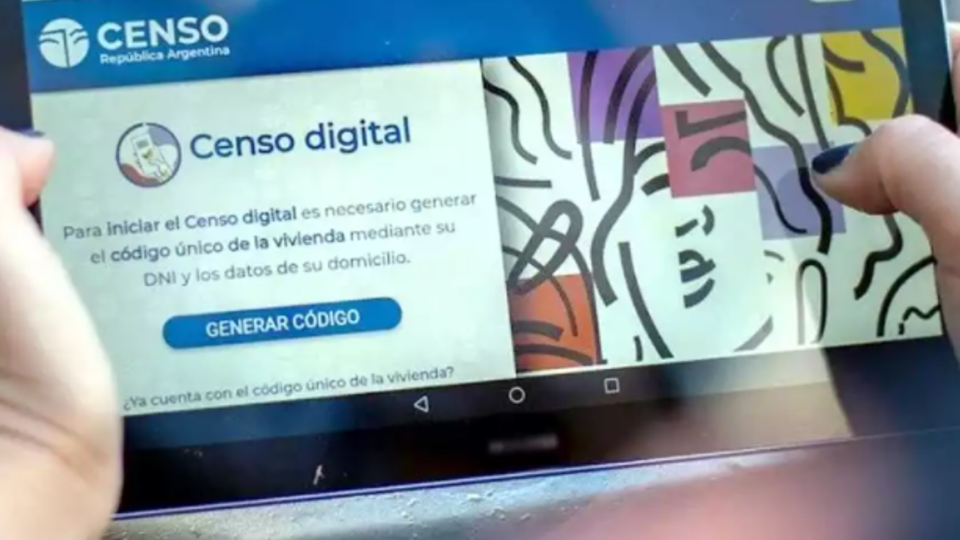This Wednesday began the period to complete the form and carry out the Censo digitally. I know what there is to know.
After the postponement due to the pandemic, this Wednesday, March 16, 2022, the National Digital Censo carried out by INDEC began to measure, among other things, how much population there is in the country and which, for the first time, has the option of being carried out online way . I know what the questions are and how to complete it.
Censo Digital 2022: until when can I complete it
The possibility of completing the Censo digitally began on March 16 and will be available until May 18. Meanwhile, the conventional form of the National Censo of Population, Households, and Housing will take place in Argentina on May 18, the day a national holiday was declared for this purpose, according to Marco Lavagna, director of the National Institute of Statistics and Censuses ( Indec).
Censo Digital 2022: how to complete the form

From this Wednesday the Censo can be completed from a digital questionnaire . This option is available to all citizens who wish to carry out the Censo via said modality.
In case of using that route, on May 18 they will only have to provide the Censo taker with only the alphanumeric code of the voucher the e-Censo voucher.
To access the online form, click here .
Censo Digital 2022: questions and the step by step of the form
The online questionnaire must be answered by a person on behalf of all the inhabitants of the dwelling , so it is recommended to “congregate the entire family” when completing the data so that the objective of “counting, without omitting nor duplicate, to each and every one of the people”, explained the INDEC.
2022 Online Censo Questions
The form is made up of 61 questions, which are divided into:
- 24 related to the characteristics of dwellings and households
- 37 on the structure of the population
On this occasion , a question on the self-perception of gender identity was incorporated and the scope of the question on ethnic self -recognition (indigenous peoples and Afro-descendants) was extended to the entire population.
Regarding sex and gender identity, all people will be asked about their sex registered at birth (including category “X”) and how they consider themselves/self-perceive (“woman”, “trans/transvestite woman”, “male”, “male trans/trans masculinity”, “non-binary”, “other identity/none of the above”).
Regarding ethnic self-recognition, the entire population will be asked if they recognize themselves as indigenous or descendants of indigenous or native peoples, clarifying the people and, furthermore, if they speak and/or understand the language of that declared people.
These new variables are in addition to basic queries on:
- Education
- Migration
- Occupation
- Health coverage
- home situation
- living place
